Students
What are the benefits of JRCERT accreditation for students?
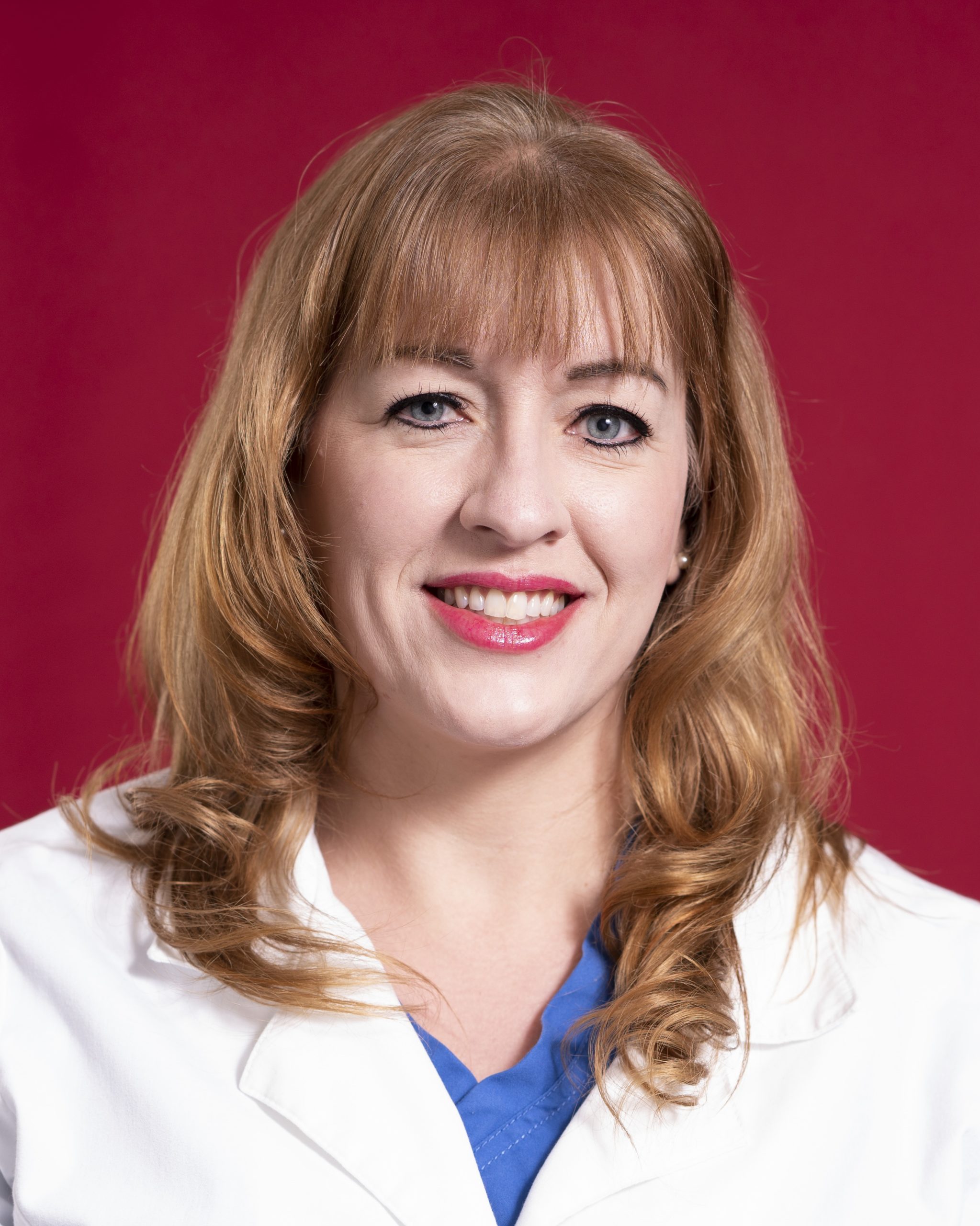
“As a student of an accredited JRCERT program, I have the peace of mind of knowing I am receiving the best education available in Radiologic Technology. The JRCERT standards ensure that I will be prepared in the best viable way to enter the medical field by ensuring safety and quality in patient care. Students of an accredited JRCERT program have the advantage of learning by hands-on experience in the clinical setting with adequate and regular feedback of performance.”
Andrea Hines
Radiologic Technology Program
Owens Community College
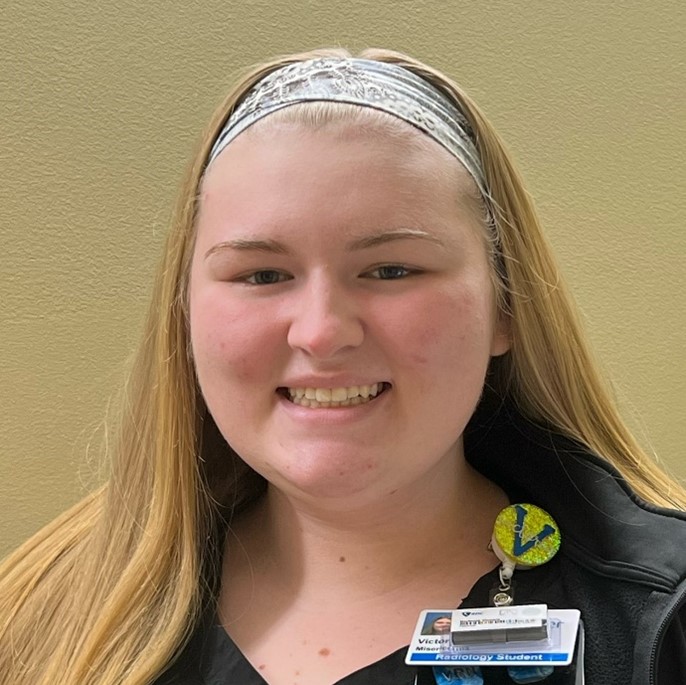
“JRCERT accreditation highly benefits students like myself by ensuring that students are receiving a quality education made possible by providing universities and other accredited programs with standards that encourage the program to be the best it can be. Compared to other accreditors, the JRCERT holds the university program accountable for not only providing students with a general understanding of the profession, but goes above and beyond for an extremely specialized learning experience. For Misericordia University in particular, a program accredited by the JRCERT, some ways the curriculum goes beyond is through independent research and specialty internship opportunities. As a professional, I will be able to apply the critical thinking skills developed through this education to provide the greatest care to all patients. JRCERT accreditation is vital since it allows students to gain the best education, which will in turn allow them to have the most potential as a professional in the field of radiologic technology.”
Victoria Narbone
Medical Imaging Program
Misericordia University
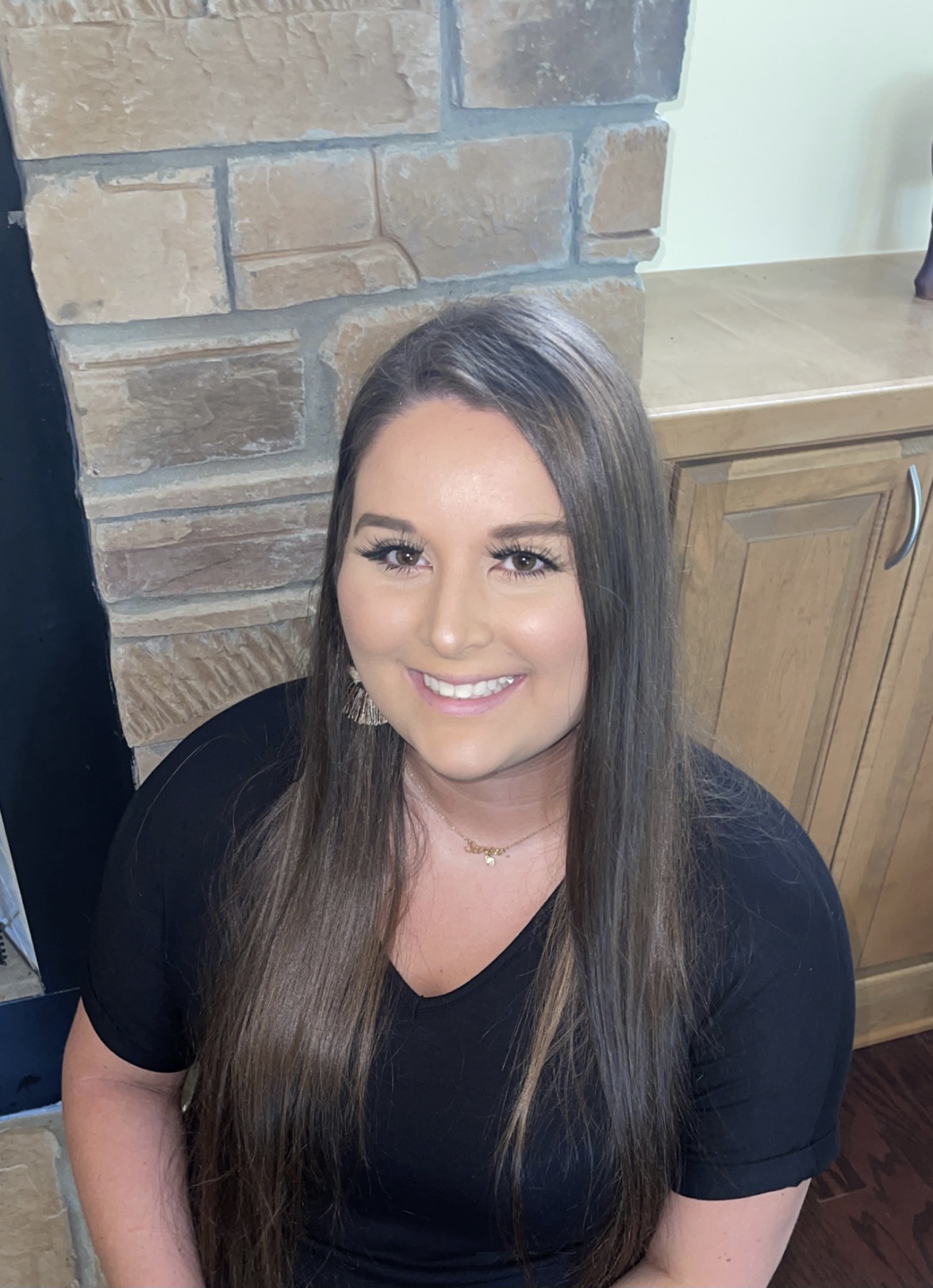
“As a student, being a part of a JRCERT accredited program allows for a student to receive a good quality education that is based on accreditation standards. JRCERT accredited programs provide students with the knowledge and tools needed to build a better future for themselves as future radiologic technologists. The JRCERT ensures that each radiologic technologist is properly educated before entering the medical field. JRCERT accreditation is extremely important for aiding knowledgeable and high-quality radiologic technologists. As a soon-to-be graduating senior from Northwestern State University, I am confident in my skills as a radiologic technologist because of the JRCERT Accredited program that taught me all that I know.”
Gabrielle Bryant
Radiologic Sciences Program
Northwestern State University
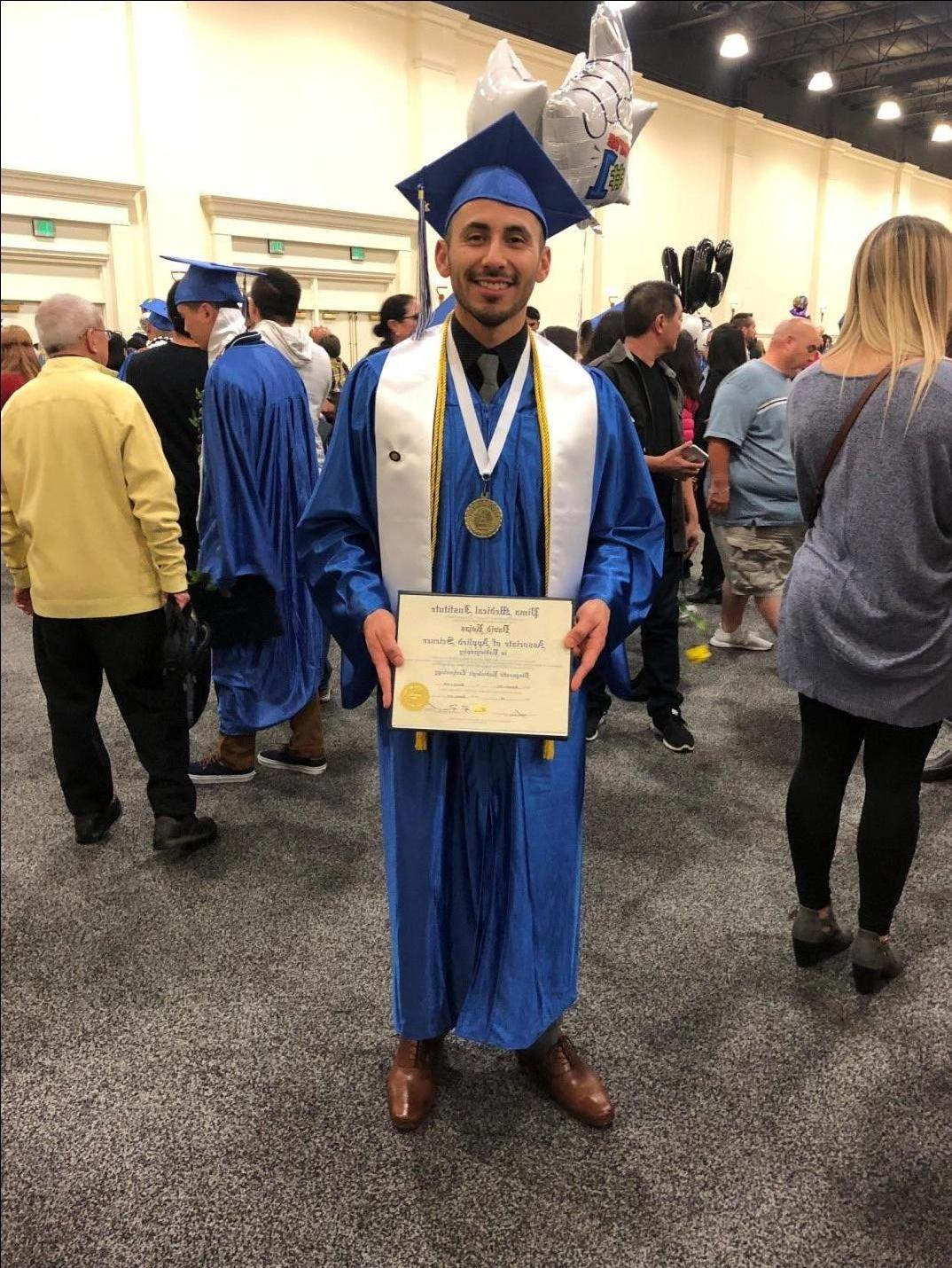
“As a prospective healthcare professional, obtaining my degree from a JRCERT accredited program was very important to me. A program that is respected and held to high standards translated to an education that prepared me to have technical excellence and to provide high quality patient care.”
David Rojas
Radiography Program
Pima Medical Institute, Chula Vista, CA
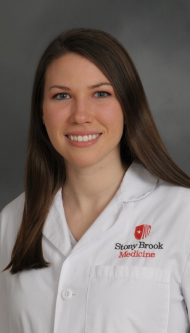
“From a student’s perspective, there are many benefits to attending a program with JRCERT accreditation. The students will receive a hands-on, quality education from experienced faculty before they enter the field as an employee. The clinical program also ensures competency and related experience; which allow those entering the workforce to be more appealing having graduated from a prestigious program. Feedback and assessment of the students are measured throughout the year for continuous improvement of the program and each individual’s education. In all, JRCERT guarantees that each student receives a high quality, safe, and instructive environment to further their education.”
Coryn Jones
Medical Dosimetry Program
SUNY at Stony Brook University
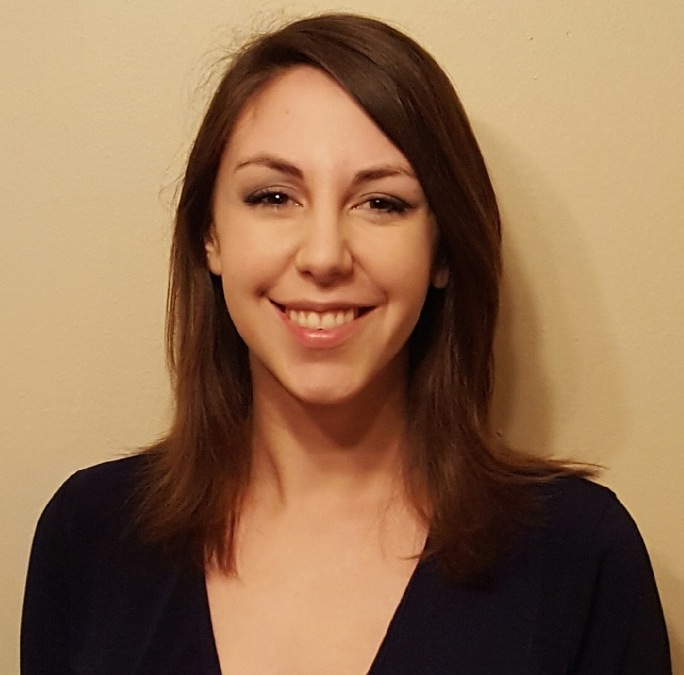
“Accreditation ensures that students interact with faculty and professionals that strive to instill knowledge of the material necessary for certification, but also skills necessary for employment, such as critical thinking and the practical application of radiologic concepts. JRCERT accreditation instills drive in the faculty, pushing them to be at their very best daily. In turn, this motivates students to excel in clinical and didactic courses because they are certain they are receiving the best education available to them. As a student, I know that I will be ready for any position in radiography because an accredited program has allowed me to excel academically, professionally, and ethically.”
Jessica Love
Radiologic Sciences Program
Northwestern State University of Louisiana

“Students will have the skills needed to succeed in radiologic technology and a thorough understanding in various aspects of the medical imaging field; ones that will separate a good technologist from a great one. The medical imaging program respects the requirements for an accredited program by constantly adapting to the new findings and advancements in radiologic technology. By doing this, they ensure their students enter the field with refined knowledge, skill, and confidence to do their job to the best of their ability. Students here can graduate knowing they can think critically in order to maintain top notch patient safety, patient care, and to achieve the highest quality image possible, despite what obstacles may arise…”
Madison Fleischman
Medical Imaging Program
Misericordia University
Program Officials/Administrators
What are the benefits of JRCERT accreditation and how has the peer review process improved the program you lead?
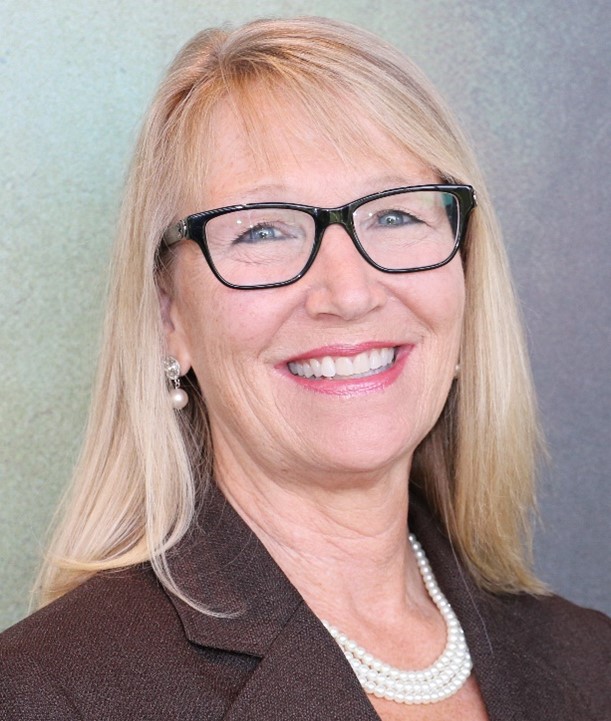
“I have been associated with a JRCERT-accredited program for 27.5 years. JRCERT accreditation is of considerable benefit, as it is a mechanism for programs to take a retrospective and proactive look at themselves to assure didactic and clinical educational standards for student success are being met or exceeded. Voluntary programmatic accreditation, unlike regional accreditation, provides a focused means of a 360-degree evaluation for radiologic science educational programs to evaluate student success from the point of entry though graduation. The Standards provide for minimal expectations of all programs that choose to be part of the voluntary programmatic accreditation. These minimal expectations place the same onus on all programs to demonstrate that students attending and graduating from programs meet the didactic and clinical obligations in a safe and educationally rich environment. The Standards (effective January 2021) have enriched the Medical Imaging (MI) baccalaureate program at Misericordia University by encouraging “…additional professional content when developing their goals and student learning outcomes (6.3)”. The MI program added a “Research” goal to the assessment process. We were able to garner information from several existing courses, and from a newly added course to identify and assess student learning outcomes regarding our newly added goal of “Research”. The thorough insights from office leadership, staff, accreditation specialists, and peer evaluators are unmatched. I am grateful to have the JRCERT oversee the quality of education afforded to students though the programmatic accreditation process.”
Lorie Zelna, M.S., R.T.(R)(MR)
Associate Professor | Medical Imaging Program
Misericordia University
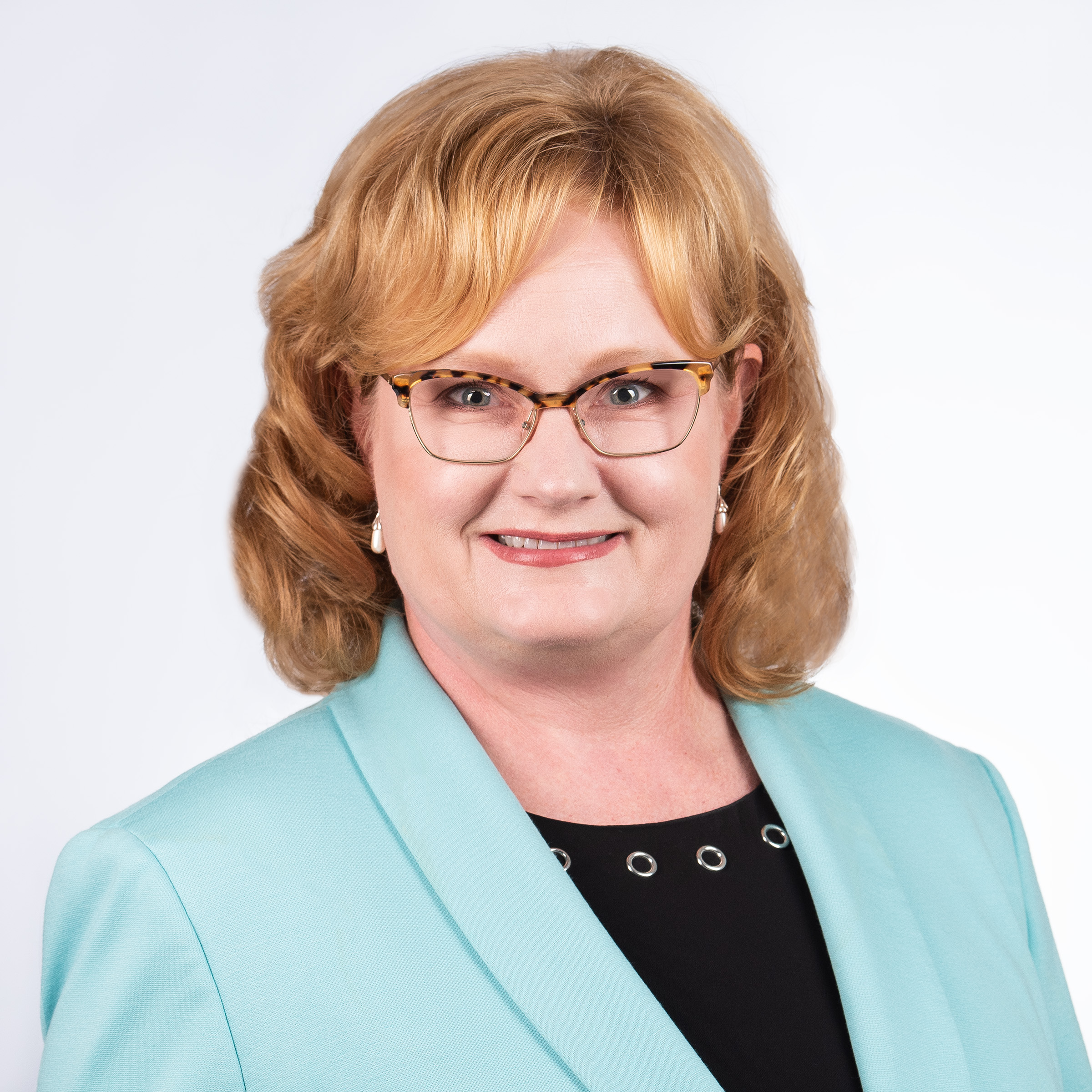
“I have been teaching over 20 years and have always worked with a JRCERT accredited program. Even before I was an educator, I worked as a technologist with students at another JRCERT accredited program. In short, JRCERT accreditation shows that a program meets quality standards. Students, technologists, employers, educators, and the public know that a JRCERT accredited program has met specific requirements and is held to high standards. The peer-review process has been an excellent tool for us to honestly examine what we are doing to ensure that we are meeting the highest standards. It allows our program to reflect on what we are doing and improve. Additionally, having a site visit team review our program helps us know that we are doing all we can to have a solid and successful program. I honestly believe that JRCERT accreditation makes our program stronger. Students, technologists, employers, educators, and the public can know that we take the quality of our program seriously since we work to be in compliance with the JRCERT standards. We learn more about what we are doing that works and what can be improved through the peer-review process.”
Laura Aaron, Ph.D., R.T.(R)(M)(QM), FASRT
Professor | School of Allied Health
Northwestern State University

“Accreditation ensures students, potential employers, and the public that the educational program is in compliance with the quality standards for an educational program. The peer review process has improved the programs at NSU by identifying strengths and gaps in programs and processes. JRCERT accreditation provides formal recognition by peers, both within the institution and across the country, that our program is a quality program.”
Kelli Haynes, Ed.D., R.T.(R)
Department Head | School of Allied Health
Northwestern State University
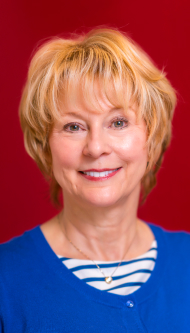
“I believe that those who benefit the most from JRCERT accreditation are the students. Students enrolled in a JRCERT accredited program are assured that the program content is being delivered by qualified and experienced faculty, with facilities and other resources that fully support the instruction. Student learning must be measured, and data must be analyzed, resulting in JRCERT accredited programs constantly improving. JRCERT accreditation also requires that students gain a knowledge foundation prior to performing procedures on patients and are guaranteed appropriate clinical supervision. JRCERT accreditation means students experience high-quality, safe programs where their learning is paramount.”
Catherine Ford, M.Ed., R.T.(R)
Dean | School of Nursing and Health Professions
Owens Community College
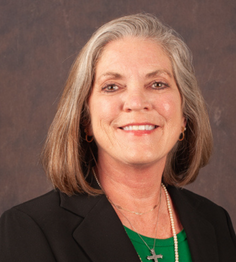
“I have been associated for 33 years, first as a student, then as a clinical staff member, next as a clinical coordinator, and currently as a Division Chair/Dean. Seeing peer review shift from a process to an outcomes focus has given the program many more opportunities to respond to and engage with the regional medical imaging community. Networking also allows program officials to learn from peers. How refreshing to finally understand the point is not to always meet goals 100%, but instead to stretch, be creative, and explore possibilities. Programs need to learn to be as adaptable, flexible, and responsive as new Radiographers are expected to be upon graduation! When institutions of higher education start preparing for regional/institutional self-study & site visit, leadership instinctively turns to the health sciences faculty as experts on developing goals, objectives, and targets; identifying measurement tools; collecting data; analyzing actual results; and developing improvement strategies. The institutional shift towards outcomes & benchmarking has given health sciences faculty opportunities for greater contribution at the institutional level. This engagement across disciplines has also resulted in greater collaboration and faculty collegiality!”
Kae Fleming, Ed.D., R.T.(R)
Dean | Health Sciences
Columbia State Community College
Site Visitors
Why did you want to become a site visitor, what are some of the benefits and rewards of becoming a site visitor, and how has the peer review process improved your ability to teach and lead in your program?
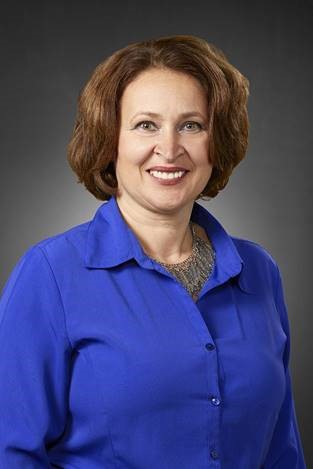
“I decided to become a JRCERT site visitor because I was so impressed by the site visitors who came to our college in 2014. They were enthusiastic, knowledgeable, kind, firm, and well equipped to review our practices. We take great pride in our program and programmatic accreditation. Having peers from a different institution validate our hard work, offer suggestions for improvement, and encourage us to continue was inspiring. I also became a site visitor because I believe in promoting our profession through continuous review, adherence to best practices, a robust system of checks and balances, and a comprehensive curriculum. I believe that meeting other program officials, radiographers, and students is refreshing. Each site visit is an adventure, an opportunity to learn and recognize the great work programs do, collaborate with other site visitors, and navigate the myriad responsibilities of a team chair with expediency and diplomacy. I can bring new knowledge and ideas to my own program. If I have a thorough understanding of the standards, assessment, and accreditation, I hope that my faculty, administration, students, and clinical affiliates will have a similar level of appreciation. I take all my site visit assignments seriously. I read extensively, connect prior to the visit, ask questions, and understand how other programs operate. I do so not because I am thorough; rather, because I appreciate the work others do and I sincerely enjoy meeting and connecting with people. I often think about the positive site visits we had, and I hope to inspire others in a similar fashion. My greatest reward is the knowledge I continue to acquire through accreditation work. Being a site visitor has given me the opportunity to grow in multiple areas: accreditation practices, assessment, data collection, navigating difficult situations, listening, mentoring, communicating at multiple levels, efficiency, and flexibility. My work with the JRCERT has helped me be a better employee at the college. I am an active member of the Assessment Committee where we work on regional accreditation and institutional effectiveness. Knowing the specifics of my profession’s accreditation process helped me better collaborate with committee members from other professions. I am thankful for all the support I receive from JRCERT staff and accreditation specialists. This process would be difficult if we did not have avenues to request assistance and immediate guidance. I am a better professional, radiographer, program director, site visitor, and mentor because JRCERT personnel empowered me to be so. I appreciate the abundance of seminars, workshops, and online resources the JRCERT provides to site visitors. They help me in my voluntary work as a site visitor as well as my work as a program director and educator.”
Tuta Ionescu, Ed.D., R.T.(R)(CT)
Chair Professor | Radiologic Technology Program
Kettering College
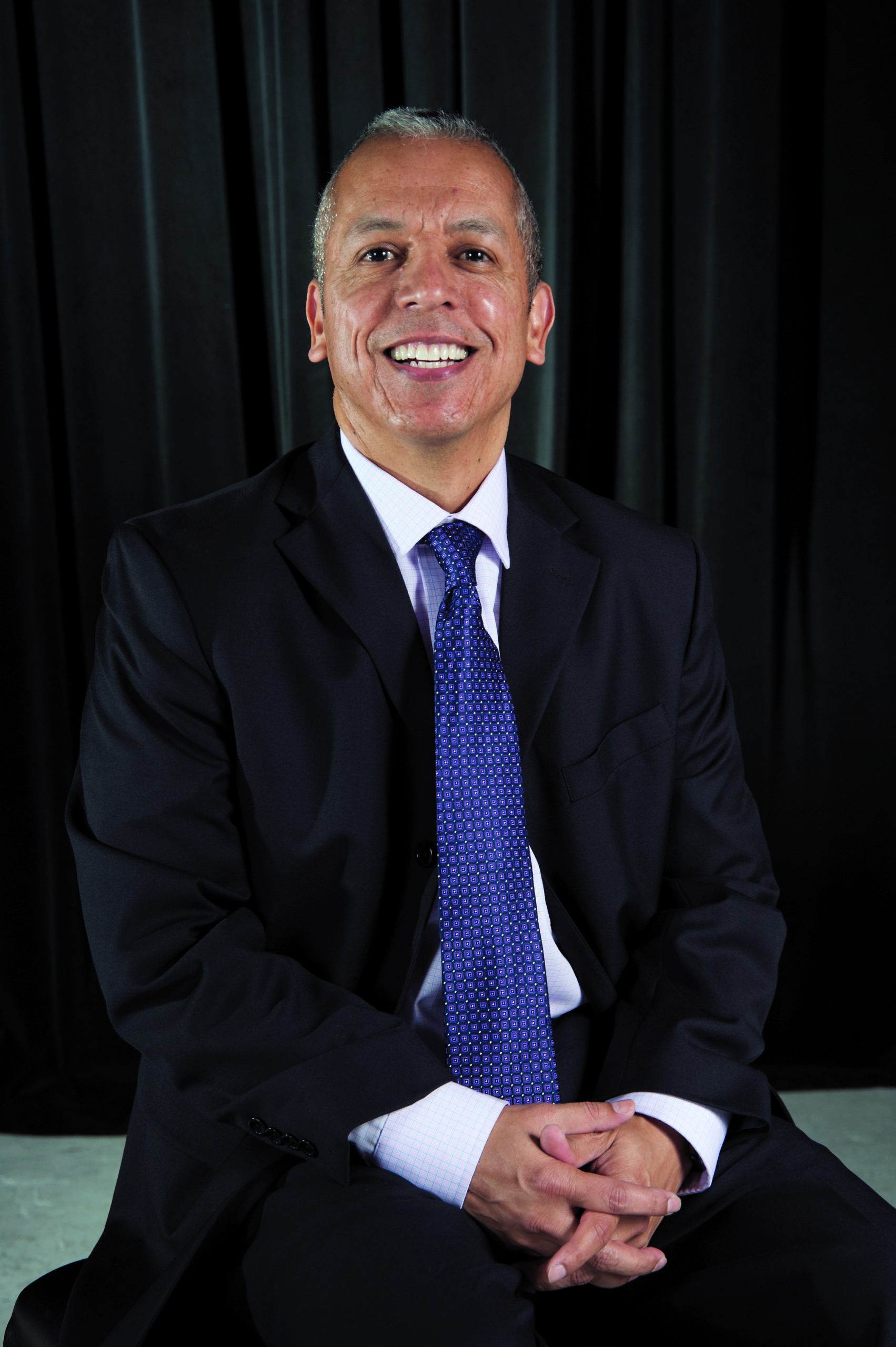
“Honestly, my previous director thought it would be a good idea for me to become a site visitor. It turned out to be the best professional decision I have ever made. I try to encourage others to submit a site visitor application. The best part of being a site visitor is being able to see firsthand how other programs operate and taking something new from each one of them. I also enjoy traveling to other parts of the US/Puerto Rico and networking. I have so many colleagues across this country that I would not have met if not for being a site visitor. The greatest reward of performing site visits is being able to share my knowledge and experience with other programs, as well as learning from the way their program operates. The peer review process has greatly improved my ability to teach and lead in our program. I have learned so much from being a site visitor and have used that information to improve our program, as well as sharing the JRCERT standards with those around me. The JRCERT accreditation process is good for maintaining a high level of quality education, which is good for the program and the students. The wealth of information and knowledge I have obtained as a site visitor has made me a much better educational professional and I am thankful for the opportunity I was afforded.”
Joe Garza, M.S., R.T.(R)
Professor, Clinical Coordinator, Faculty Advisor | Radiography Program
Lone Star College Montgomery

“When I became program director of the radiologic sciences program in 2011, I wanted to become a site visitor so I could see how other programs did things because 10/12 of our faculty graduated from our program and 9 of us attended the same Master of Science program. As a site visitor meeting educators across the country and the travel are great benefits. You also learn the Standards backwards and forwards. The greatest reward is meeting other educators. Honestly, radiologic science educators are a small group of folks, and it is so nice to meet people with the some of the same experiences and interests. Not only do you meet the educators at the program you are visiting, you also meet educators that are part of the site visit team. I have made lifelong friends with fellow site visitors. Being a site visitor has helped me to see things from a different perspective. I have never regretted being a site visitor. I recommend it for all educators.”
Kelli Haynes, Ed.D., R.T.(R)
Department Head | School of Allied Health
Northwestern State University

“The peer review process has many benefits for a site visitor: It allows for close assessment of your program’s strengths and weaknesses compared to other organizations; it provides an opportunity to see how other organizations conduct business leading to innovative ideas to take back to your program; it allows the director to work closely with the JRCERT to ensure full comprehension of the standards; it limits anxiety about your own upcoming review and site visit; and it promotes collaboration with other directors and site visitors in the profession. Overall, I have found that being a site visitor has granted the opportunity to see, understand, and implement best practices that ultimately enhance student learning in our program. I am grateful for the experiences and look forward to many more!”
Kelly McCowan, M.H.A., R.T.(R)
Program Director | Radiography Program
Rowan-Cabarrus Community College
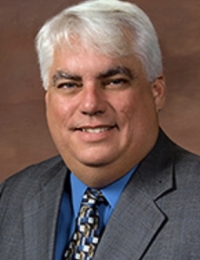
“I have always believed that the peer review method was the standard by which programmatic quality should be measured. I believed then, and I still believe, that having a set of standards is very helpful to keeping our academic profession honest and accountable. Allowing an expert to have access to your program’s procedures and processes is inherently valuable to the health of the course of study. My single greatest reward has been the valuable insights discovered during site visits that I have been able to adopt and adapt for use in my own program. A second reward is the networking opportunities that I have been afforded within my own peer group. It has been my experience that when I am either the evaluator, or the evaluated, that we freely share evaluation tools, policies, and teaching methods amongst our peers to actively make student learning outcomes more easily achieved and recorded.”
Peter Barger, M.S.Ed., R.T.(R)(CT)
Program Director | Radiologic Technology Program
Southeast Missouri Hospital College of Nursing and Health Sciences
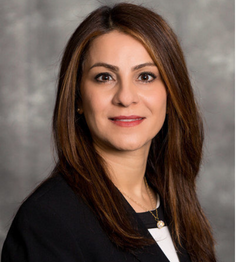
“I decided to become a JRCERT site visitor to contribute to the processes that ensure high quality student education, which translates into excellence in patient care. Visiting many educational programs in medical dosimetry expanded my professional network and provided me with an in-depth understanding of various approaches to educate the future generation of medical dosimetrists. I enjoyed every single site visit; each was a unique experience and rewarding in its own way. The peer review process of each site visit provides me with a unique opportunity to share my knowledge and skills in education and accreditation requirements with my peers and learn about some of the great things they do in their program. My overall experience as a JRCERT site visitor has enhanced my skills in student education and accreditation processes of the medical dosimetry program I lead. I highly encourage all radiologic sciences educators to get involved with the JRCERT to give back to their profession and to be a part of the driving force that promotes excellence in education and improves the quality of patient care.”
Mahsa Dehghanpour, Ed.D., CMD
Program Director | Medical Dosimetry Program
The University of Texas M.D. Anderson Cancer Center
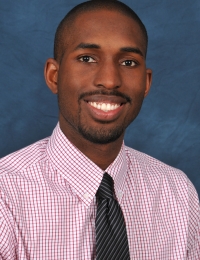
“The greatest reward has been taking part in a peer-reviewed process that has continued to uphold high standards in the education of radiologic technology. I have been able to build professional relationships and appreciate innovative learning techniques.”
Rimmon R. Greenidge, M.S., R.T.(R)(MR)
Clinical Coordinator | Magnetic Resonance Program
Thomas Jefferson University
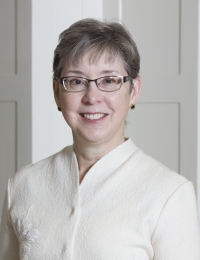
“I was looking for another means to grow my career, and this opportunity gave me the chance to meet others in the radiography education community, travel to different parts of the country and enhance my knowledge of the accreditation process. I feel the same way about being a site visitor that I feel about being a radiography educator. By helping programs reach their full potential in teaching students, I feel that I am making a difference in the imaging community as a whole. I love meeting the students and the faculty of the programs I visit. I also enjoy working with apprentice site visitors. It is very rewarding to help someone new learn the process and see them grow. Even site visitors have site visits themselves! I find the process tremendously helpful by having another set of eyes look at the program and discovering areas where the student experience can be improved. It helps to affirm what is done well and what might need improvement.”
Sandra E. Moore, M.A., R.T.(R)(M)
Director | Schools of Medical Imaging
The Johns Hopkins Hospital
